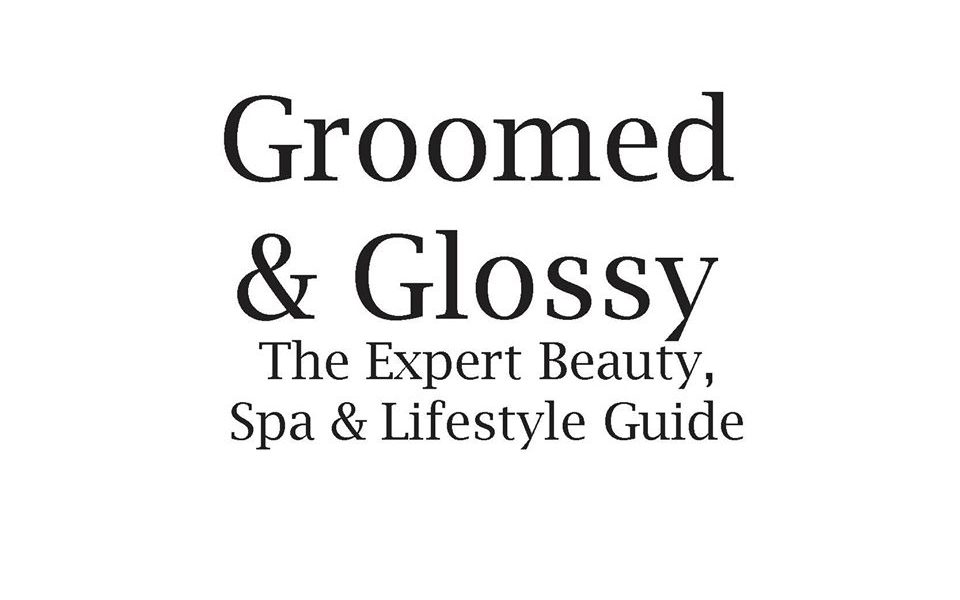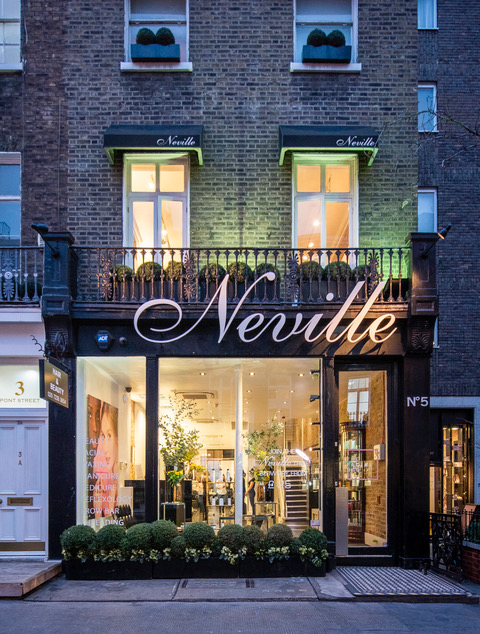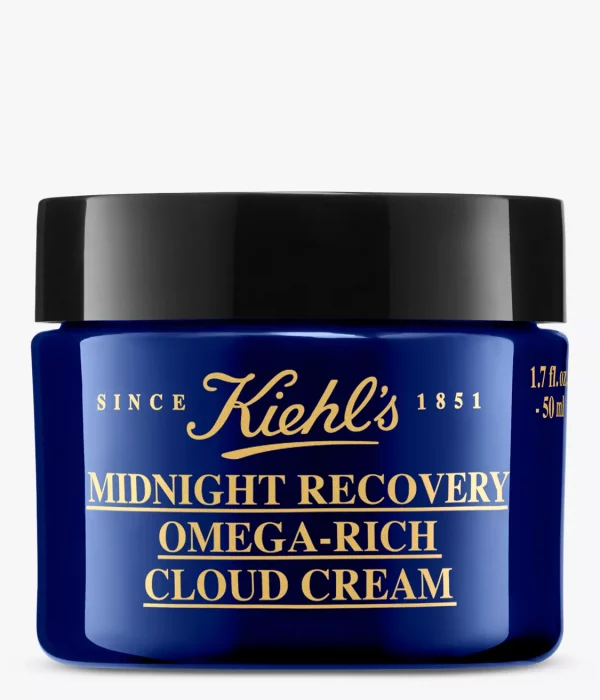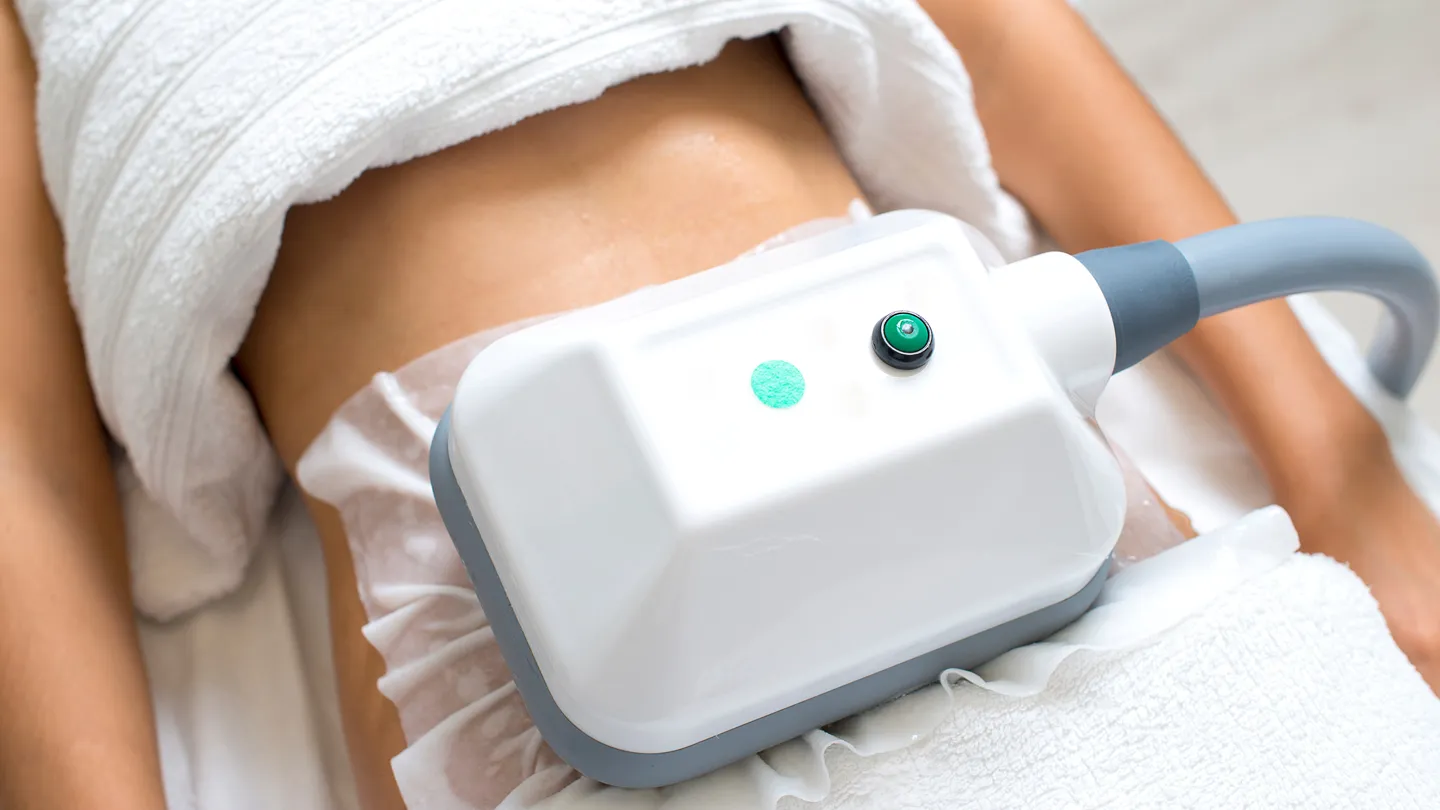Which Areas Get the Best Results from Fat Freezing (CoolSculpting)?
Fat freezing (often referred to as CoolSculpting) is a non-invasive procedure designed to reduce stubborn fat deposits by chilling fat cells until they are naturally eliminated by the body. While it’s a versatile treatment, certain body zones respond especially well. Below, we explore the areas that tend to yield the best results, what to expect, and tips for enhancing outcomes.
Why Fat Freezing Works Best in Certain Areas
The success of CoolSculpting depends on several factors:
- Fat thickness and consistency: The fat should be pinchable (i.e. accessible to the applicator).
- Low skin laxity: Areas with good skin elasticity tend to rebound more cleanly after fat removal.
- Limited underlying structures: Regions with fewer critical structures (nerves, vessels) are safer and more predictable treatment zones.
- Patient expectations and body anatomy: Some zones respond rapidly, while others require more patience or adjunct treatments.
Given these factors, certain areas stand out as the most reliable and effective for fat freezing.
Top Areas for Fat Freezing Success
Abdomen (Upper & Lower)
The stomach area is one of the most commonly treated zones. Many patients harbour stubborn fat pockets around the belly that resist diet and exercise. CoolSculpting can help contour both upper and lower abdominal regions (above and below the navel) with fairly consistent and noticeable results. Because the fat tends to be relatively soft and accessible here, it is one of the “go-to” zones.
Flanks / “Love Handles”
The sides of the waist are ideal for fat freezing. Love handles are a common complaint, and the application area is usually generous, making it easier to cover the region effectively. When treated well, the added contouring can dramatically improve one’s silhouette.
Submental / Double Chin Area
Under-chin fat (submental fullness) is another prime target. Because the area is limited in size and the fat is relatively superficial, the results can be impressive when performed by a skilled clinician. For many, reducing a double chin can lead to a more defined jawline.
Inner & Outer Thighs
Both the inner and outer thighs (saddlebags) respond reasonably well when there’s moderate fat present. The outer thighs, in particular, often offer good “pinchable” sites for applicators. However, these zones may require more sessions or combined treatments when skin laxity is higher.
Upper Arms
The underside of the upper arms (i.e. “bingo wings” area) is suitable for fat freezing if the fat is modest and the skin has enough firmness. In patients with good skin tone, contouring here can be quite effective, though care must be taken as the area is more dynamic and mobile.
Bra Bulge / Back Fat
The upper back or “bra bulge” area, just beneath the bra line, is another area where fat freezing can produce visible smoothing. The applicators need to conform well to the curved body surface, and the fat should be sufficient to “fill” the hand grip.
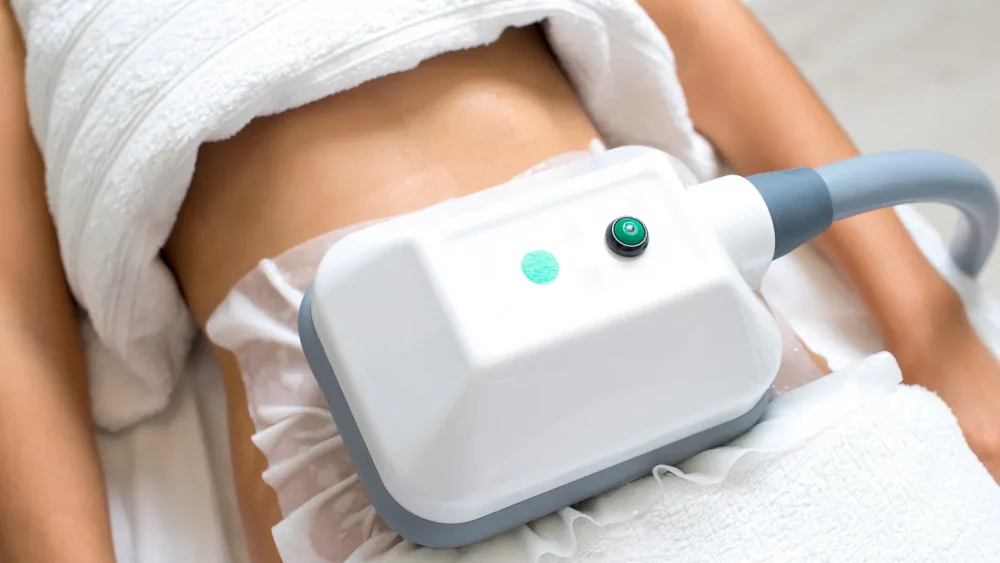
Areas That Are More Challenging
Not all zones are equally suited to fat freezing. These areas require caution or may yield less dramatic results:
- Lower buttocks / banana roll: The fat here is often firmly attached and not as “grippable.”
- Lower legs / calves / ankles: These regions usually contain little fat that is safe or practical to freeze.
- Pieces of the face (except submental area): Facial fat tends to be fibrous and the risks increase due to delicate structures.
- Significant sagging skin zones: If the skin is very loose, removing fat may accentuate sagging unless skin-tightening is also addressed.
Tips to Maximise Results
- Optimise treatment timing: Start when fat is stable (i.e. after weight loss plateau) and before skin becomes too lax.
- Multiple sessions may be needed: Some areas respond gradually, so patience is key.
- Pair with skin tightening: In zones with moderate laxity, combining treatments (radiofrequency, ultrasound, or lasers) helps the skin retract.
- Maintain stable weight: After treatment, keeping a consistent weight helps preserve the new contours.
- Choose an experienced provider: Correct applicator placement, adequate suction, and technician skill all influence outcome.
